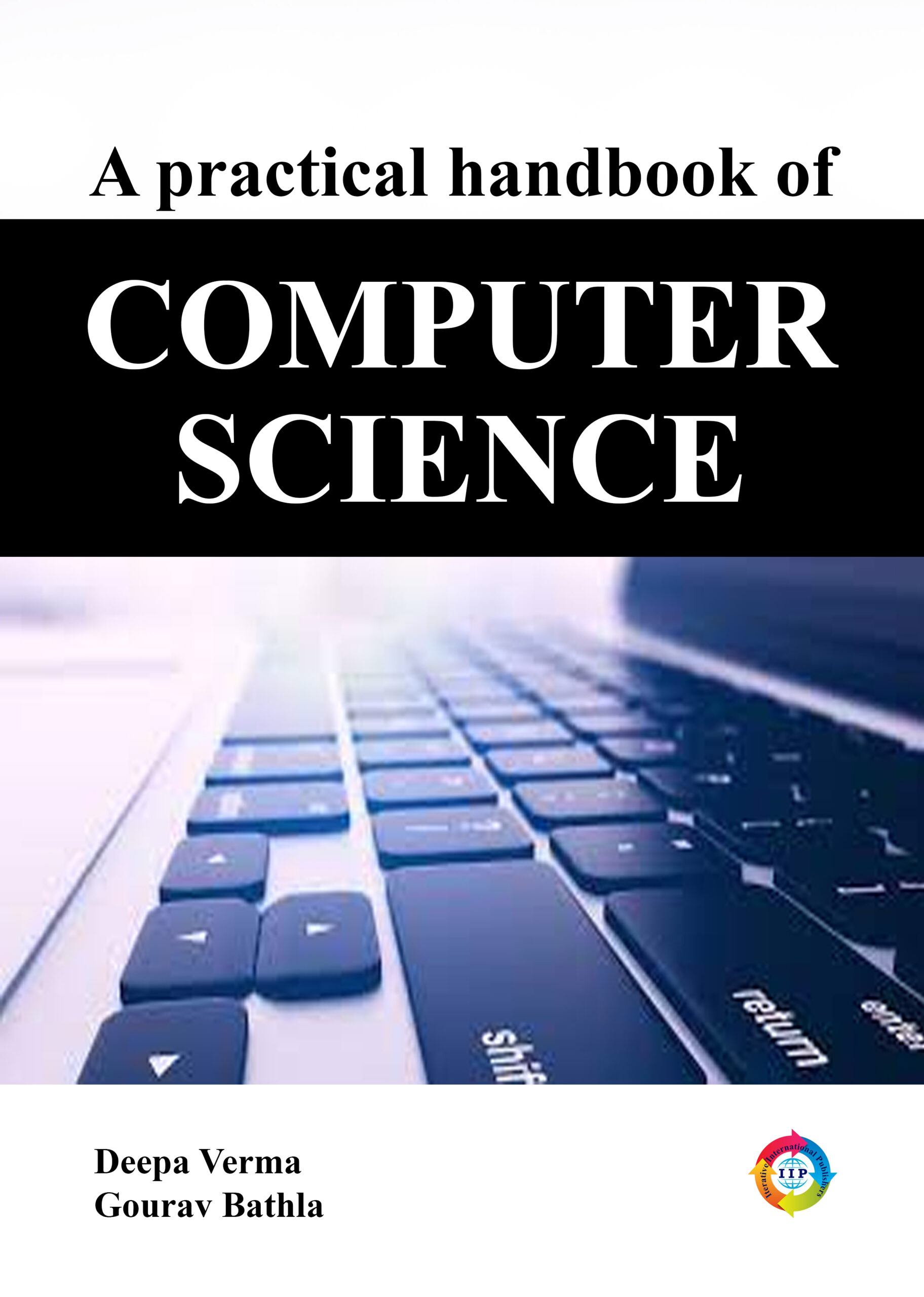A contract is a legally binding agreement that acknowledges and controls the rights and obligations of the agreement’s participants. A contract is legally binding since it satisfies the criteria and approval of the law. An agreement often involves the exchange of products, services, money, or any combination of these. Parties are able to contract on any terms they like within the framework of the Act. The Indian Contract Act specifies the conditions under which a contract may be entered into, performed, and its violation enforced.It just offers a summary of the laws and regulations that govern contract development and fulfilment. The contracting parties define the rights and responsibilities of the parties as well as the conditions of the agreement. In the event of a breach, the court of law steps in to enforce the agreement. In the technological era, the entire contract may be finalised in seconds by simply connecting both parties’ digital signatures to an electronic copy of the contract. In such a case, there is no need for late couriers or additional trip expenses. Legislators were initially hesitant to acknowledge this new technology, but several nations have already established legislation recognising electronic contracts. Electronic contracts (contracts that are not paper based but rather conducted electronically) are the result of a desire for speed, appropriateness, and efficiency. The concept of contract has been known to man since the inception of human civilization. With the progress of civilization, man became conscious of his belongings and started to exercise his authority over his belongings. As days passed, man became more and more conscious about his authority over his belongings. Whenever he indulged in trade, he exchanged his goods for considered equivalent value of other goods of his choice from another person.This system is commonly referred to as barter (exchange) system. These transactions were mainly based on trust, faith and goodwill. The further development in society slowly changed the pattern of transactions. Oral transactions were slowly replaced by written documents. With the growth of commercial activities, law of contract acquired its significance. It is a method of conducting business electronically or electronically, most commonly over the Internet. It is the instrument that facilitates ‘enterprise integration.’ With the increasing growth of e-commerce, the usage of e-contracts is also rapidly expanding. However, the breadth of e-contracts presents a number of obstacles at several levels, including conceptual, logical, and technical.And now-a-days, it has become a major concern and a struggle to implement legislation in accordance with the law. Many questions emerge, such as whether an e-contract is genuine or not. Is it true that an e-contract gives the customer genuine rights? Whether or not an e-contract is recognised by law? In this book, I have addressed all the difficulties that have arisen, as well as the extent, nature, challenges, and validity of e-contracts. Although this book is not thorough in terms of measuring the degree of the E-contract, it is a vital yardstick for the formation and execution of the E-contract. This text examines and explains the different behavioural nature of E-Contract both at National and International Level.
My Thanks is due to the entire Editorial team of the Publishers for conceiving and bringing out this book in present form. As an author, I hope this book is useful not only for the Bar, the Bench, students, and the researchers of law but also to those who are subjected to the E-Contract Laws.Suggestions for improving this book would be greatly valued, as they may serve as a helpful source of development in the future as well as in the evolution of law on the issue.









Reviews
There are no reviews yet.